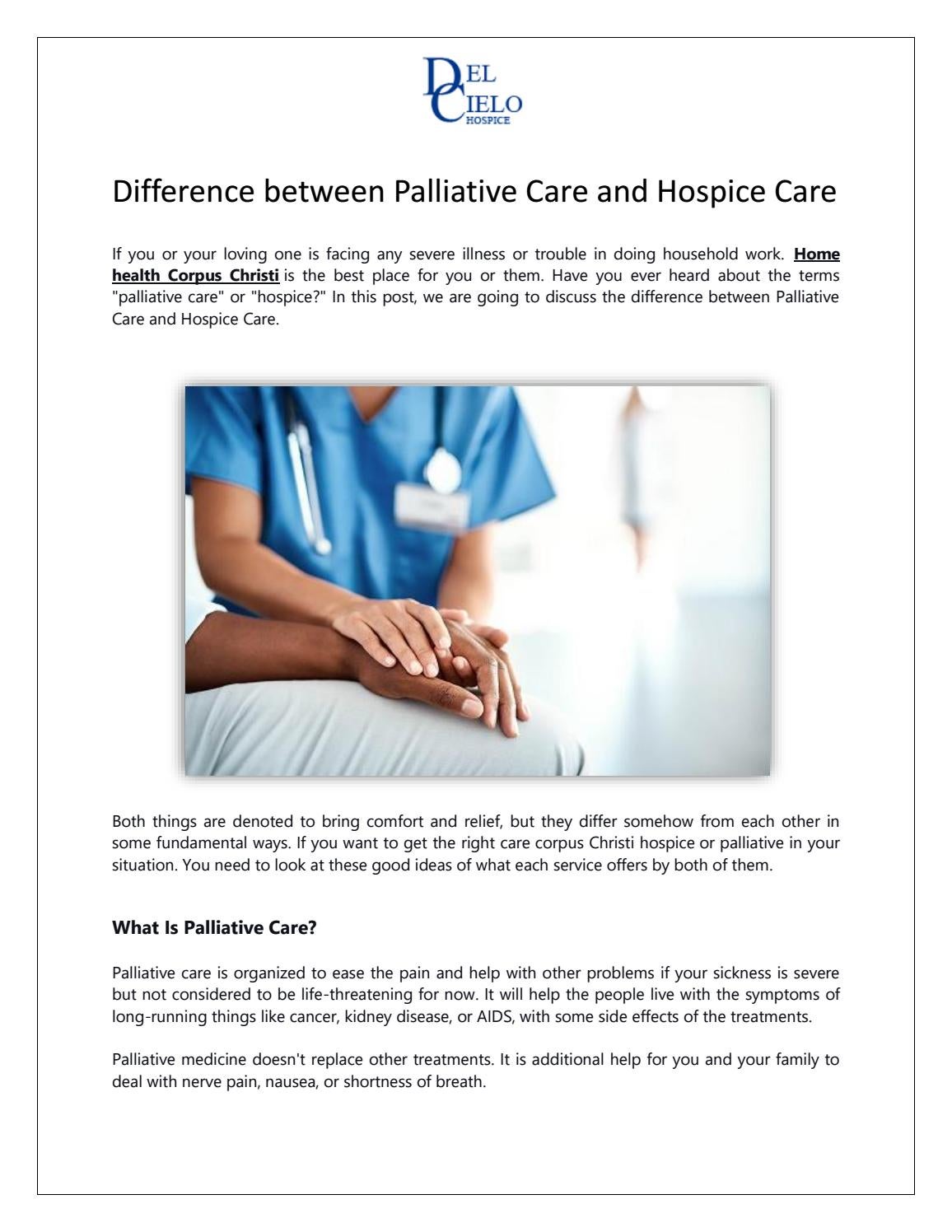
A blood smear is used to test for malaria. This is a quick blood test that involves a small amount of blood being placed on a slide and then a professional laboratory examines the slide to find parasites. Another type of test is the rapid diagnostic test, which looks for proteins that the parasites release. The rapid diagnostic test gives faster results than a blood draw, but it is still important to confirm the diagnosis.
Blood smear tests
A blood smear test is the best way to confirm the diagnosis of malaria. It takes no more than 30 minutes. It will inform doctors about the type of Plasmodium that caused the infection and the number parasites. The results of blood tests can help determine whether the patient is suffering from more severe forms of malaria.

Rapid diagnostic test
A rapid diagnostic test for malaria was created in Kenya as part of an effort to improve world health. The Kenya Medical Research Institute has developed this test, which is an affordable option to costly laboratory tests. The institute, a state corporation responsible for the advancement in human health research, is also responsible. It was established 40 years ago and has grown to be a regional and global leader in health research. To achieve its mission of improving health, the institute is committed innovation and capacity-building.
PCR test
Malaria, Covid-19 and other parasites share many symptoms. This can lead to a misdiagnosis or no diagnosis. A PCR test can confirm the diagnosis.
OptiMAL-IT assay
The OptiMAL–IT malaria test is a rapid test that detects Plasmodium LDH. It has been validated against thin blood samples and microscopic examinations for thick blood samples. This test is an excellent alternative to microscopy in malaria diagnosis.
XW-P07 assay
The XW07 malaria assay detects two proteins in five milliliters whole blood. The test may reduce the number of blood donations that are rejected. The test is done in a CLIA-certified lab.

BinaxNOW assay
BinaxNOW malaria tests detect antigens that are specific for Plasmodium Falciparum parasites in whole-blood within 20 minutes. It also detects aldolase, a pan-Plasmodium enzyme. This new test is approved by the FDA and is intended for rapid diagnosis of malaria in humans. It is important to note that this test doesn't replace microscopic malaria examinations.
FAQ
Why do we need medical systems?
People who live in developing countries are often without basic health care. Many of these people die from infectious diseases such as tuberculosis and malaria before they reach middle age.
People in developed countries get routine checks and see their general practitioners for minor ailments. But, many people still have chronic illnesses such as heart disease or diabetes.
What is an infectious disease?
Infectious disease can be caused by germs (bacteria or viruses) Infectious disease spreads quickly when people come in close proximity. You can get measles or mumps, rubella (German whooping cough), pertussis/whooping chives, rubella ("German measles"), measles), pertussis ("whooping cough"), rubella ("German measles"), chickenpox), strep thyme), hepatitis A/B, HIV/AIDS), herpes simplex viruses, syphilis, gonorrhea and chlamydia
What is a medical system?
Medical systems were designed to make people live longer and more healthy lives. They make sure patients receive top-quality care when they're in need.
They ensure that the right treatment is given at the correct time. They also provide information that doctors need to be able to offer the best advice possible on the most appropriate treatment for each patient.
Who is responsible to ensure public health?
Public health is an issue that affects all levels of government. Local governments manage roads, schools and parks as well as recreation facilities. The laws and regulations governing food safety, workplace safety as well as consumer protection are enacted by both the national and state governments.
What do you consider to be the most important public health issues of today?
Many people suffer from obesity, diabetes, heart disease, and cancer. These conditions are responsible for more deaths each year than AIDS, car accidents, and murders. Additionally, smoking, poor diet and inactivity can lead to high bloodpressure, stroke, asthma or other problems.
Statistics
- Over the first twenty-five years of this transformation, government contributions to healthcare expenditures have dropped from 36% to 15%, with the burden of managing this decrease falling largely on patients. (en.wikipedia.org)
- The health share of the Gross domestic product (GDP) is expected to continue its upward trend, reaching 19.9 percent of GDP by 2025. (en.wikipedia.org)
- About 14 percent of Americans have chronic kidney disease. (rasmussen.edu)
- For instance, Chinese hospital charges tend toward 50% for drugs, another major percentage for equipment, and a small percentage for healthcare professional fees. (en.wikipedia.org)
- Healthcare Occupations PRINTER-FRIENDLY Employment in healthcare occupations is projected to grow 16 percent from 2020 to 2030, much faster than the average for all occupations, adding about 2.6 million new jobs. (bls.gov)
External Links
How To
What are the four Health Systems?
Healthcare systems are complex networks of institutions such as hospitals and clinics, pharmaceutical companies or insurance providers, government agencies and public health officials.
The overall goal of this project was to create an infographic for people who want to understand what makes up the US health care system.
Here are some key points:
-
Annual healthcare spending amounts to $2 trillion, or 17% of GDP. That's almost twice the size of the entire defense budget!
-
Medical inflation was 6.6% in 2015, higher than any other category of consumer.
-
Americans spend an average of 9% on their health costs.
-
Over 300 million Americans are uninsured as of 2014.
-
Although the Affordable Care act (ACA) was signed into law, its implementation is still not complete. There are still large gaps in coverage.
-
A majority of Americans believe that the ACA should continue to be improved upon.
-
The US spends more money on healthcare than any other country in the world.
-
If every American had access to affordable healthcare, the total cost would decrease by $2.8 trillion annually.
-
Medicare, Medicaid, and private insurers cover 56% of all healthcare spending.
-
The top 3 reasons why people don't get insured include not being able to afford it ($25 billion), not having enough time to look for insurance ($16.4 billion), and not knowing about it ($14.7 billion).
-
There are two types of plans: HMO (health maintenance organization) and PPO (preferred provider organization).
-
Private insurance covers almost all services, including prescriptions and physical therapy.
-
The public programs include hospitalization, outpatient surgery and nursing homes. They also cover long-term care and hospice care.
-
Medicare is a federal program that provides senior citizens with health coverage. It covers hospital stays, skilled nursing facilities stays, and home care visits.
-
Medicaid is a federal-state program that provides financial aid to low-income families and individuals who earn too little to be eligible for other benefits.